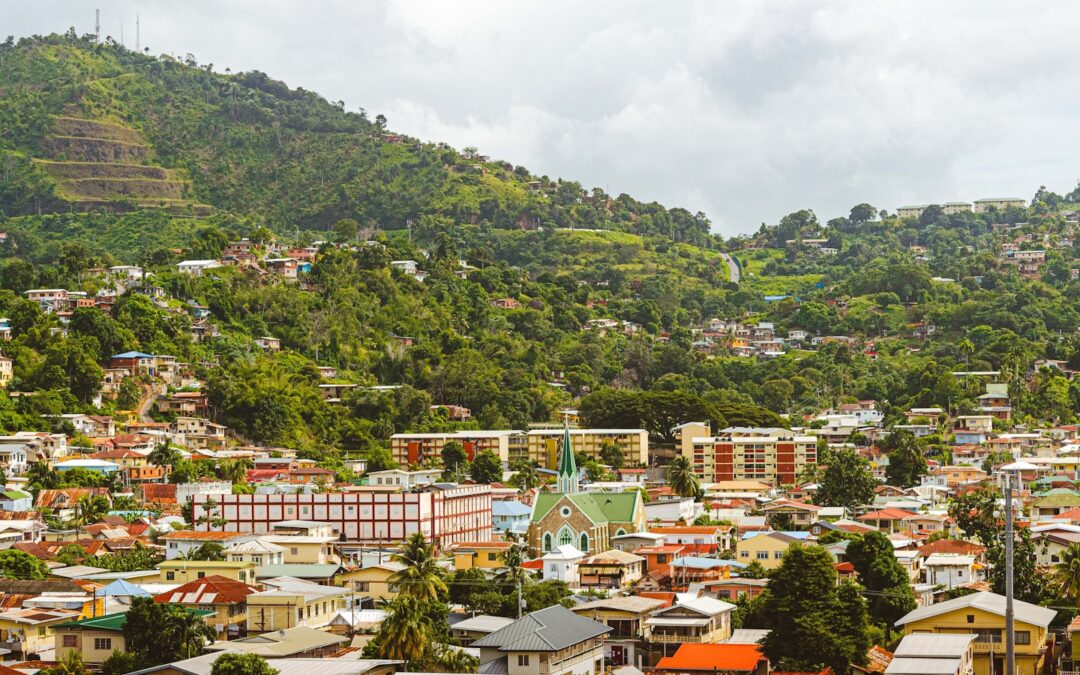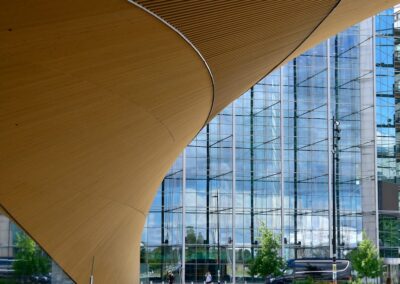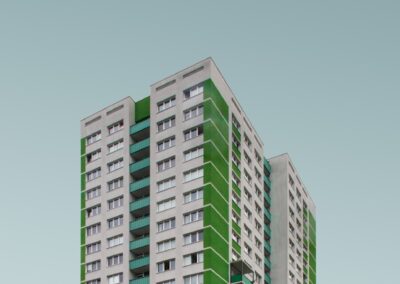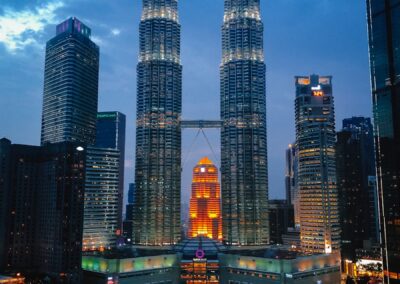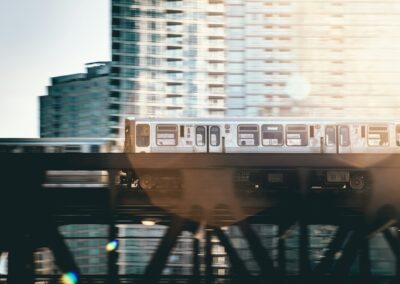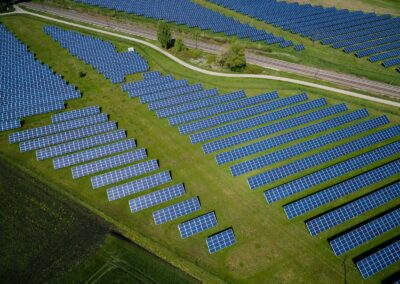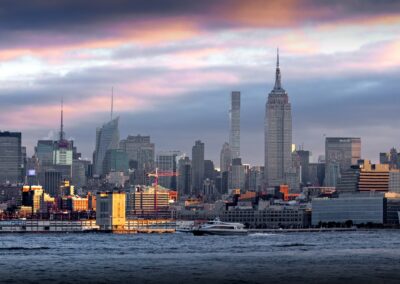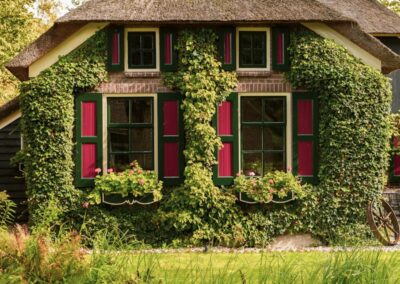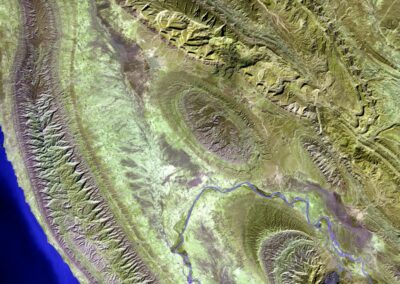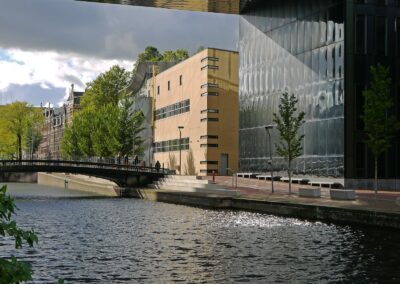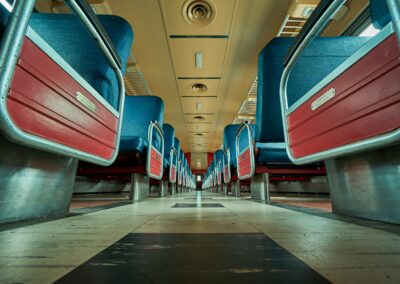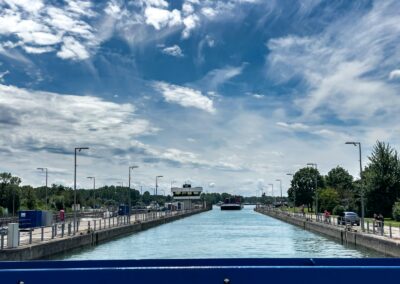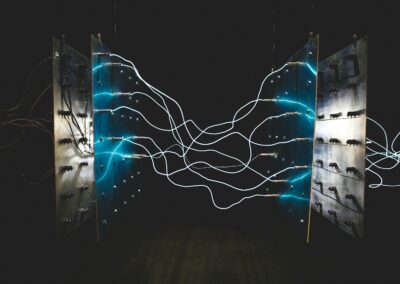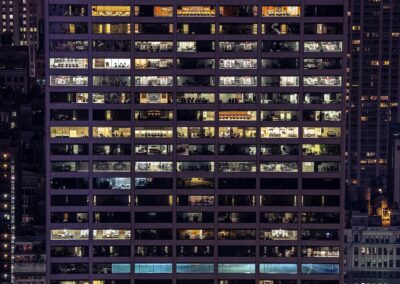The Pillars of Sustainable Urban Design in Modern Metropolises
The Importance of Green Spaces in Sustainable Urban Design
In the dynamic landscapes of Saudi Arabia and the UAE, integrating sustainable urban design is essential for creating environmentally friendly and livable cities. Riyadh and Dubai, known for their rapid development and innovation, are at the forefront of this transformation. Green spaces, such as parks, gardens, and urban forests, play a crucial role in this design. These areas not only provide recreational spaces for residents but also enhance biodiversity, improve air quality, and reduce the urban heat island effect. By incorporating green spaces, cities can offer a higher quality of life, promoting physical and mental well-being among their inhabitants. This approach aligns with the broader vision of creating sustainable, resilient urban environments that can adapt to the challenges of climate change.
Energy-Efficient Buildings: A Cornerstone of Sustainable Cities
Energy-efficient buildings are a fundamental component of sustainable urban design, particularly in regions with extreme climates like Saudi Arabia and the UAE. Implementing energy-efficient technologies in building designs, such as advanced insulation, smart lighting systems, and renewable energy sources like solar panels, can significantly reduce energy consumption and greenhouse gas emissions. In cities like Riyadh and Dubai, where energy demand is high, these measures are critical for achieving sustainability goals. Energy-efficient buildings not only contribute to environmental conservation but also offer economic benefits by reducing operational costs and enhancing property values. By prioritizing energy efficiency in urban planning, these cities can set a global benchmark for sustainable development.
Sustainable Transportation: The Path to Greener Cities
Sustainable transportation is another vital aspect of sustainable urban design that can dramatically reduce the environmental footprint of cities. In bustling metropolises like Riyadh and Dubai, promoting the use of public transportation, cycling, and walking over private vehicles can alleviate traffic congestion and lower carbon emissions. Investment in efficient public transit systems, such as metro networks and electric buses, alongside the development of pedestrian-friendly infrastructure, is essential. Moreover, the integration of smart transportation technologies, such as real-time traffic management and electric vehicle charging stations, can further enhance the sustainability of urban mobility. By fostering sustainable transportation options, cities can create more accessible, equitable, and environmentally friendly urban environments.
Integrating Advanced Technologies in Sustainable Urban Design
The incorporation of cutting-edge technologies such as Artificial Intelligence (AI), Blockchain, and the Metaverse can significantly enhance sustainable urban design. AI can optimize energy use in buildings and manage urban resources more efficiently, while Blockchain can ensure transparency and accountability in sustainability initiatives. The Metaverse, with its virtual planning capabilities, allows stakeholders to visualize and simulate urban designs before implementation. In progressive cities like Riyadh and Dubai, where innovation is key, these technologies can drive the future of urban planning. By leveraging these advancements, urban planners can create more resilient, adaptive, and sustainable cities that meet the needs of their growing populations.
Executive Coaching and Change Management in Urban Sustainability
The transition to sustainable urban design requires effective change management and strong leadership. Executive coaching services can provide business leaders and managers with the skills needed to lead this transformation successfully. In the context of Saudi Arabia and the UAE, where rapid urbanization is prevalent, executive coaching can help leaders navigate the complexities of sustainability initiatives. Coaching programs tailored to urban planning and sustainability can equip leaders with the tools to foster innovation, engage stakeholders, and implement effective change strategies. By investing in leadership development, cities can ensure that their sustainability goals are met and that the transition to greener urban environments is smooth and effective.
Future Prospects of Sustainable Urban Design
As global cities continue to grow, the emphasis on sustainable urban design will only intensify. For regions like Saudi Arabia and the UAE, which are experiencing rapid urbanization, integrating green spaces, energy-efficient buildings, and sustainable transportation is crucial for long-term sustainability. By adopting these practices, cities can reduce their environmental impact, enhance the quality of life for residents, and set an example for global urban development. The future of urban planning lies in creating cities that are not only economically vibrant but also environmentally responsible and socially inclusive. Embracing sustainable urban design is essential for building cities that are prepared to meet the challenges of the future while ensuring a sustainable and resilient living environment for all.
#SustainableUrbanDesign #GreenSpaces #EnergyEfficientBuildings #SustainableTransportation #EnvironmentalImpact #UrbanPlanning #SmartCities #ClimateResilience #RenewableEnergy #SaudiArabia #UAE #Riyadh #Dubai #ExecutiveCoaching #ChangeManagement #BusinessSuccess #ArtificialIntelligence #Blockchain #TheMetaverse #LeadershipSkills #ProjectManagement

